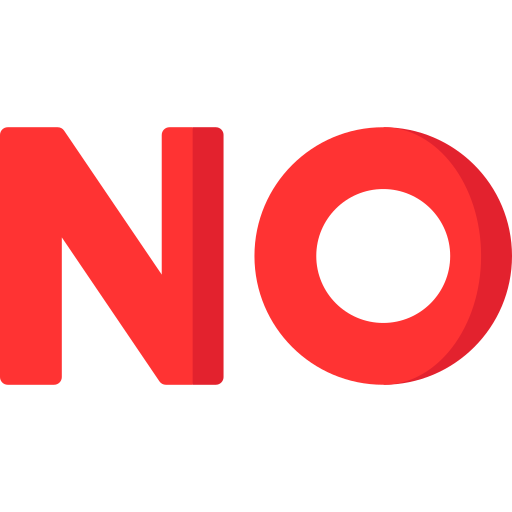
This logo isn't an ad or affiliate link. It's an organization that shares in our mission, and empowered the authors to share their insights in Byte form.
Rumie vets Bytes for compliance with our
Standards.
The organization is responsible for the completeness and reliability of the content.
Learn more
about how Rumie works with partners.

Picture this: you're diligently working on a project, and suddenly, a colleague's unclear message throws a wrench into your plans. Now you feel like you're deciphering hieroglyphics, and it might even turn into a conflict!
Frustrating, isn't it? But fear not, for you're not alone in this struggle.
The good news: there are proven ways to navigate the sometimes tricky waters of workplace communication.
Learn to be a better communicator and make workplace conflicts a thing of the past with these effective communication strategies!
1. Listen actively
What better communication strategy is there to resolve conflicts with coworkers than active listening?

Use non-verbal signals: nod, smile, and use facial expressions.

Avoid making assumptions: use paraphrasing, and ask clarifying questions.

Encourage the conversation: don't interrupt, and don't be defensive.

Visualize what they say: picture the message to help you focus better.

Pay attention to the speaker: show respect and interest in the other person's ideas.

"I appreciate your willingness to discuss this."
"I'm not entirely clear on what you meant by 'taking more ownership.' Could you give me an example?"
"I really want to hear your perspective on this matter."
"I can imagine how frustrating it must be to deal with last-minute changes."
"Help me see the situation from your point of view."

"You're always making things difficult for everyone."
"Let me talk. I need to clarify your misunderstandings."
"You don't need to say anything else. I've heard enough!"
"This conflict is all your fault, not mine."
"I don't care about your complaints right now."
Quiz
You're having a conversation with a coworker who is sharing their concerns about a project. How can you demonstrate active listening?
Maintaining eye contact and nodding are active listening behaviors that show attentiveness and engagement. These behaviors show that you're focused on the speaker and interested in understanding their concerns. This response encourages the coworker to continue sharing and promotes effective communication.
2. Practice empathy and understanding

If a coworker seems frustrated or upset, take a moment to approach conflicts with empathy, one of the most powerful and effective communication strategies. Put yourself in the other person's shoes and validate their emotions, concerns, their experiences like a pro.

You can try these validating statements:
"It makes sense that you feel that way."
"I get what you're saying."
You can even disagree, as long as you make sure to validate their concerns:
"I get why you see it that way. Here's what I would add based on my view of the situation."
Quiz
Your work colleague asked you to help them with a project, but you have other urgent priorities and can't assist them right away. They become upset and confront you about it. How can you demonstrate empathy and understanding?
"I understand. I'll help later," shows empathy and understanding by acknowledging their request and offering assistance at a later time.
Did you know?
3. Use "I" statements and assertiveness

Express your thoughts, opinions, and needs assertively, but respectfully, just like a seasoned diplomat!
Clearly communicate your boundaries, expectations, and proposed solutions.
Avoid aggressive or passive-aggressive communication styles, as they tend to escalate conflicts.
When expressing your concerns or perspective, use "I" statements instead of "you" statements. For example, say, "I feel..." or "I think..." rather than blaming or accusing the other person. This helps to avoid defensiveness and encourages a more constructive conversation.
 Don't
Don't
"You're always late for team discussions, and it's frustrating for everyone."
"You ruined the team's morale with your negative comments."
"You're not listening to me!"
Quiz
You're discussing a disagreement with a coworker about a project approach. How can you effectively express your viewpoint using "I" statements?
By using an "I" statement such as "I feel we can try a different approach" and expressing your thoughts and feelings, you take ownership of your perspective without blaming, accusing, or dismissing the coworker.
Take Action
 Photo by Brooke Cagle on Unsplash
Photo by Brooke Cagle on UnsplashThe next time you encounter a conflict with a coworker, apply the effective communication techniques you've learned in this Byte!
This Byte has been authored by
Alina Burtan
ESP & RSOL Trainer, Learning Designer
MPhil
 Do
Do